Chinese Buddhism's birthplace remains a place of pilgrimage
Updated: 2016-01-11 08:03
By Xu Lin(China Daily)
|
||||||||
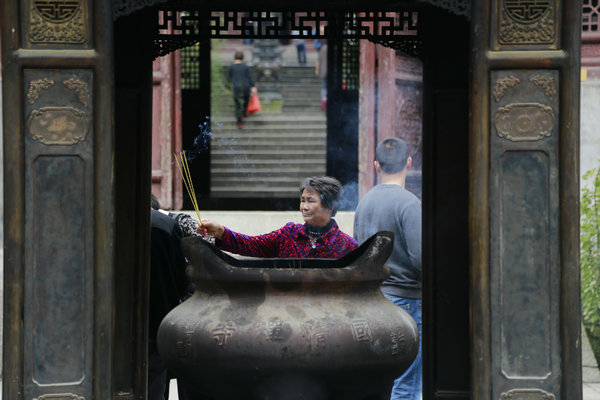 |
|
A Buddhist burns joss sticks to worship at Guoqing Temple.[Photo provided to China Daily] |
A pair of lions perched on marble orbs rather than blocks portray traditional gender roles. The male clamps its claws into an embroidered ball, symbolizing dominance, while the female frolics with a cub, epitomizing nurturing.
The main complex of the temple was rebuilt in 1734, under orders from Qing Dynasty (1644-1911) emperor Yongzheng. The temple boasts many precious historical relics, such as ancient Buddha statues and 18 arhats carved from golden-thread Chinese cedar.
The temple is so integral to Tiantai Buddhism that two pits, ground out by the knees of so many pious believers, pock mark the stone floor of a main hall. The hall enshrines a rotund Maitreya in front of a bronze likeness of the temple guardian, Wei Tuo. (But you have to remove a cushion to see the dimples.)
About 20 kilometers away from the temple is the 6.5-square-kilometer Shiliang Scenic Area. It features streams and waterfalls gushing from granite landforms.
The first pages of the travelogue by ancient China's Indiana Jones-explorer Xu Xiake-begin with the Tiantai Mountains and the surrounding terrain.
The Shiliang Flying Waterfall that erupts from a precipice near the range astonished the Ming Dynasty (1368-1644) sojourner, who recorded three decades of discoveries on the road in Xu Xiake's Travels.
- Obama says US must act on gun violence, defends new gun control rules
- Over 1 million refugees have fled to Europe by sea in 2015: UN
- Turbulence injures multiple Air Canada passengers, diverts flight
- NASA releases stunning images of our planet from space station
- US-led air strikes kill IS leaders linked to Paris attacks
- DPRK senior party official Kim Yang Gon killed in car accident
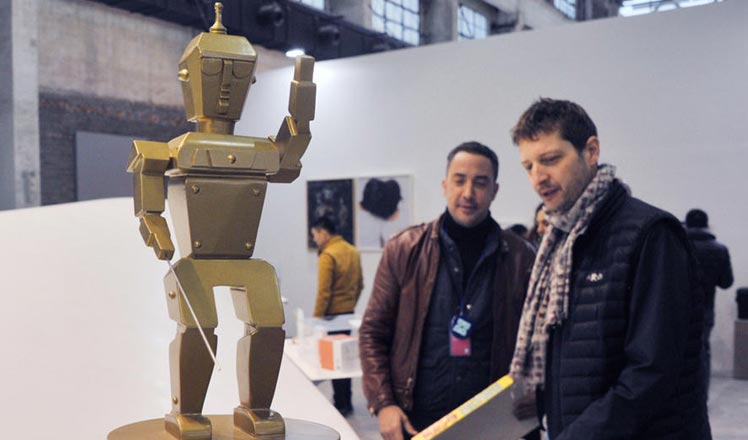
 Creative designs create splash in Shanghai art center
Creative designs create splash in Shanghai art center
 Amazing ice wonderland in Beijing
Amazing ice wonderland in Beijing
 Special report: Rise and rise of China's outbound tourism
Special report: Rise and rise of China's outbound tourism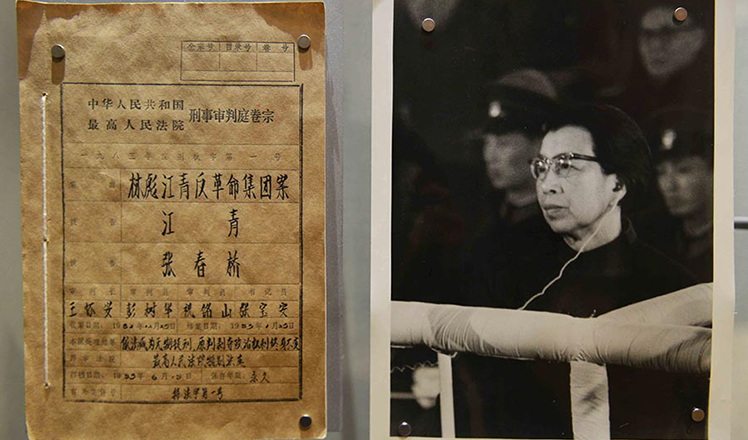
 Trial data of former senior Party officials on display
Trial data of former senior Party officials on display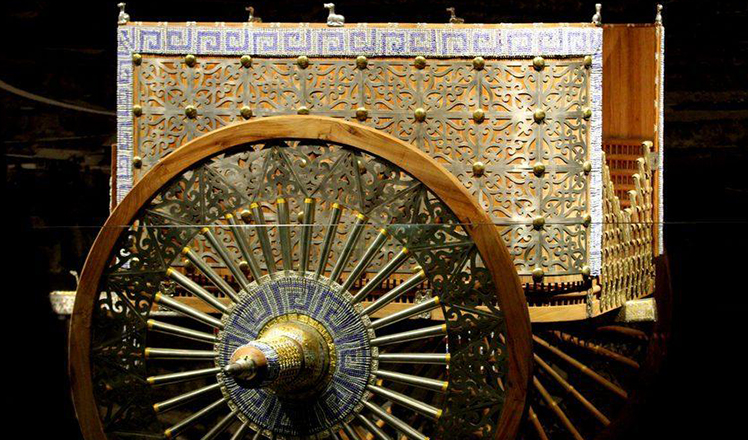
 Replica of luxurious chariot from ancient times wows Xi'an visitors
Replica of luxurious chariot from ancient times wows Xi'an visitors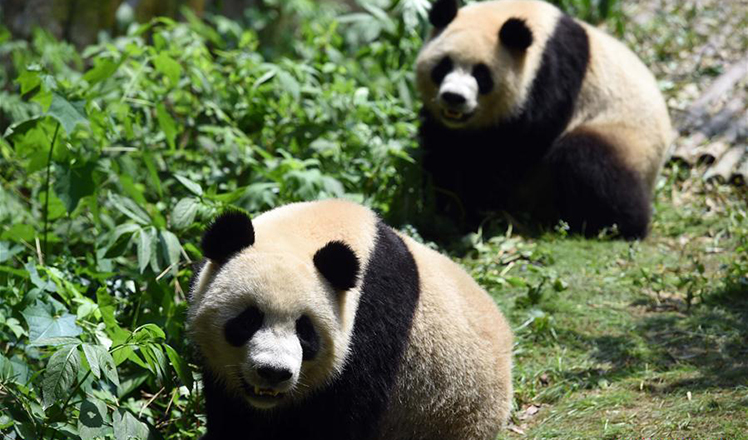
 Number of giant pandas in China reaches 422
Number of giant pandas in China reaches 422
 Attendees feel the thrill of tech at CES trade show
Attendees feel the thrill of tech at CES trade show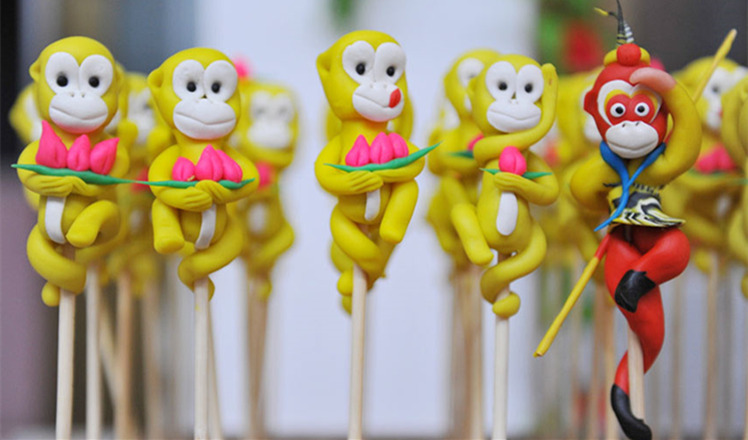
 Vivid dough sculptures welcome Year of the Monkey
Vivid dough sculptures welcome Year of the Monkey
Most Viewed
Editor's Picks

|

|

|

|

|

|
Today's Top News
Shooting rampage at US social services agency leaves 14 dead
Chinese bargain hunters are changing the retail game
Chinese president arrives in Turkey for G20 summit
Islamic State claims responsibility for Paris attacks
Obama, Netanyahu at White House seek to mend US-Israel ties
China, not Canada, is top US trade partner
Tu first Chinese to win Nobel Prize in Medicine
Huntsman says Sino-US relationship needs common goals
US Weekly

|

|







